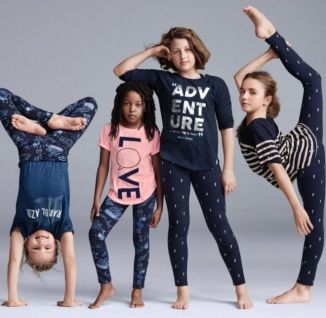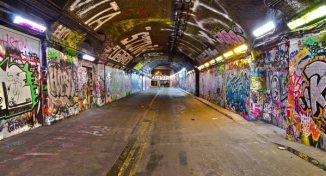
Author Archives: nicolamann
Mitchell and Webb Sketch (BBC)
Is this Gap Advert Racist?
Week 11: Ethicity, Orientalism and Representaing Race
This class considers issues surrounding identity, difference and self-representation through the lens of visual representations of the lives and cultures of transnational immigrant communities in London. Using print advertisements, television programmes and film, this seminar explores how media representations define and undermine a sense of national belonging.
Required Reading:
- Textbook Part 5: 22 “Ethnicity, Ideology, and the Media”
- Stuart Hall, “Contesting a Racialized Regime of Representation,” Representation. London: Sage, 1997: 269-277.
- Cherien Dabis’ Amreeka (2009) – watch before class.
Why can’t some women take compliments?

Week 9: Gender in Visual Culture
This class focuses on the social construction of the male and female body. We consider ideas including sexual objectification in advertising, the racialization of gendered images, feminist critique, and queer citizenship.
Required Reading:
Textbook Part 5: 20 & 21 “Feminism, Postfeminism, and Ideologies of Femininity” & “Ideologies and Discourses of Masculinity”
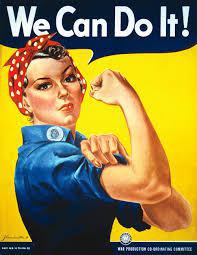
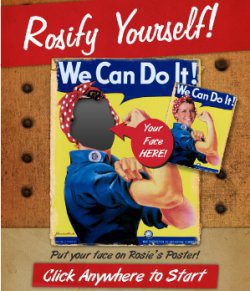
Blog post by Janet
Televisions shows have seen a drastic change over the years, it’s become more about entertainment and showcasing programs that will be in accordance with the viewer’s choice of realism. Television shows used to be about educating through documentaries which would be created from a series of observation’s and created into a production meant for a good purpose as compared to what is seen and produced today which can be questioned whether there is any benefit of watching a reality show such as The Kardashians. Reality television creates situations to observe for the sake of entertaining the targeted audience.
Nanook of the North (1992) was the first non-fiction storyline of film or documentary that was created by Robert Flaherty which was based on observation about man’s connection with nature. How humans survive and take care of their responsibilities, although some scenes are staged it was a clear and effective representation of hunter gatherers days and how humans have survived while facing the struggles of nature.
A documentary holds the respect of telling the viewer the truth of scene, a story or what its purpose maybe. It’s important to acknowledge that documentaries present a journey that’s closely observed and the viewer is given a clear picture from where it began to how its transformed and reached a conclusion.

However, between 1922 and today film and television series have almost blocked out the idea of a documentary, the documentaries individuals are exposed to now are life’s stories of famous people (celebrities) in forms of interviews or short stories. The real question is how did reality TV begin to flood television? It’s not a new trend though, it dates back to a 1948 show Candid Camera that was created by Allen Funt, which showcased artificial realities to see how ordinary people would react.

Moving onto present times was it Big Brother that was the eye opener to creating reality shows? Aside from the infamous Kardashians so many shows and movies have hit the scene with different forms of reality, (love matters, crime matters, family matters) all with relation to being realistic. But is it really? Most of what’s seen on screens is staged but the mind has over time been tuned to somewhat believe that could possibly be just how it is. It’s interesting how individuals become attached to reality shows, and try to imitate styles and ways of speaking or dealing with situations. Shows such as Real Housewives of Atlanta have become inspirations to women simply because it represents married, divorced, single women living their lives, being independent and handling situations and disputes among themselves, sometimes harshly. It creates scenes that can be related to real life, but mostly staged to attract an even larger audience. But do we really learn from such shows? Or simply create a desired lifestyle in our minds? Nevertheless, reality TV is here to stay and has created a legacy of its own only that it has more negative impacts on future generations than good ones ethically.


Week 8: Documenting Reality
In this class we consider the historical development of documentary and reality television. We explore non-fiction formats in relation to historical contexts, as well as the ethical dimensions of the documentary process. We consider examples from Nanook of the North (1922), to You’ve Been Framed (1990-), Big Brother (2000-) and reality-based crime shows. We also look at the social implications of new faux-reality formats such as The Only Way is Essex (2010-).
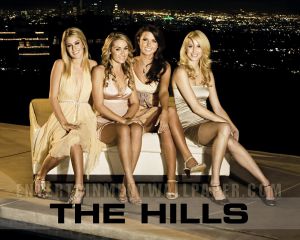
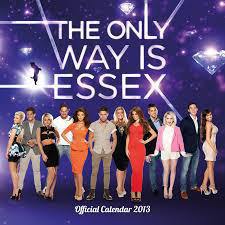
Week 6: Hegemony and Counter-Hegemony
Field trip to the Big Bang Data exhibition at Somerset House! Big Bang Data explores the issues surrounding the datafication of our world through the work of artists, designers, journalists and visionaries. As the data explosion accelerates, we ask if we really understand our relationship with data, and explore the meaning and implications of data for our future. Essentially, who controls our data?
“Fitch The Homeless” Culture Jam
Let’s take another example…Abercrombie & Fitch….The store‘s image is elitist and aspirational. Even CEO Mike Jefferies says…
“In every school there are the cool and popular kids, and then there are the not-so-cool kids,”
“A lot of people don’t belong and they can’t belong. Are we exclusionary? Absolutely. Those companies that are in trouble are trying to target everybody: young, old, fat, skinny. But then you become totally vanilla. You don’t alienate anybody, but you don’t excite anybody, either.”

But what happens if you don’t fit the mold?
In 2004 A&F paid $40 million to settle a class-action suit brought by minority employees who said they were either denied employment or forced to work in back rooms, where they wouldn’t be seen by customers. While in 2009, a student from London who worked in the store successfully sued the company for making her work in the stockroom since her prosthetic arm didn’t fit with its “looks policy.”
Check out the Culture Jam fight-back!!!

